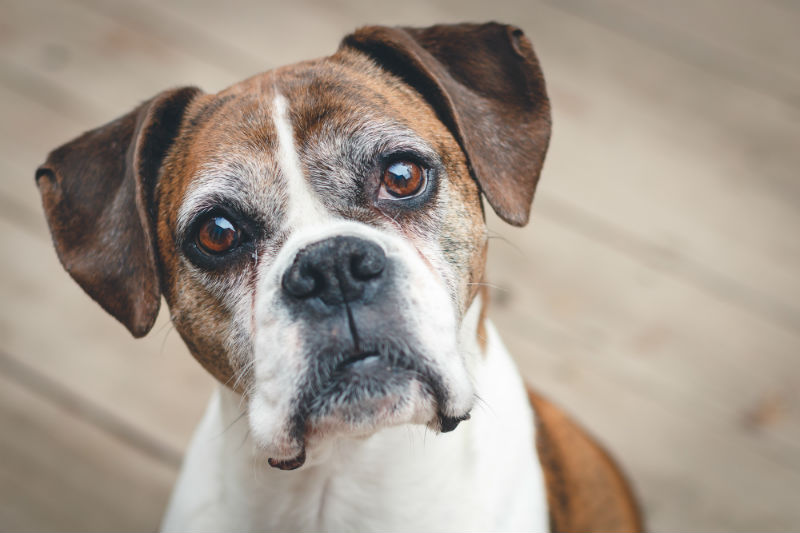Fox lungworm (Crenosoma vulpis) is considered endemic in fox populations of the Northeastern United States and the Maritime provinces. In Canadian dogs, fox lungworm infection has been reported in ON, PQ, NB, NS, PEI, NL.
Lungworm is an important cause of chronic respiratory disease in dogs. Recent research, performed by Dr. Gary Conboy of the Atlantic Veterinary College, provides new information and treatment options. His study revealed that in Atlantic Canada, 21 percent of the dogs with signs of chronic respiratory disease were found to be infected with C. vulpis.
How does fox lungworm affect a dog?
- Disease in dogs is usually related to the respiratory system, and symptoms can include coughing, difficulty breathing, discharge from the nose and retching.
- C. vulpis infections are rarely fatal in dogs.
- We diagnose dogs with lungworm every year in this area of Nova Scotia.
Lungworm is readily treated with a single dose of prescription deworming medications. Advantage Multi (imidacloprid and moxidectin topical solution) is a labelled treatment. However, the off-label use of other medications such as Interceptor (milbemycin oxime) and Panacur (fenbendazole) is just as effective.
How do dogs become infected?
- Adult lungworms live in the trachea, bronchi and bronchioles of dogs and wild canids. Adult males are 3.5 to 8 mm long, and the females are 12 to 16 mm long.
- Females produce eggs that hatch into larvae (young lungworm), as they are coughed up and then swallowed. The larvae pass through the digestive tract and are released into the environment, through the animal’s feces.
- Lungworm larvae can infect snails and slugs.
- Dogs are infected when they eat slugs, or snails containing the lungworm larvae.
- Inside the dog, the lungworm larvae penetrate the stomach wall and migrate to the liver and the lungs, via the circulatory system. The lungworm larvae mature into adults within the dog’s airways.
Can fox lungworm affect a human?
- C. vulpis is not considered a disease risk to people.
Written by Dr. Alex Hare, DVM




